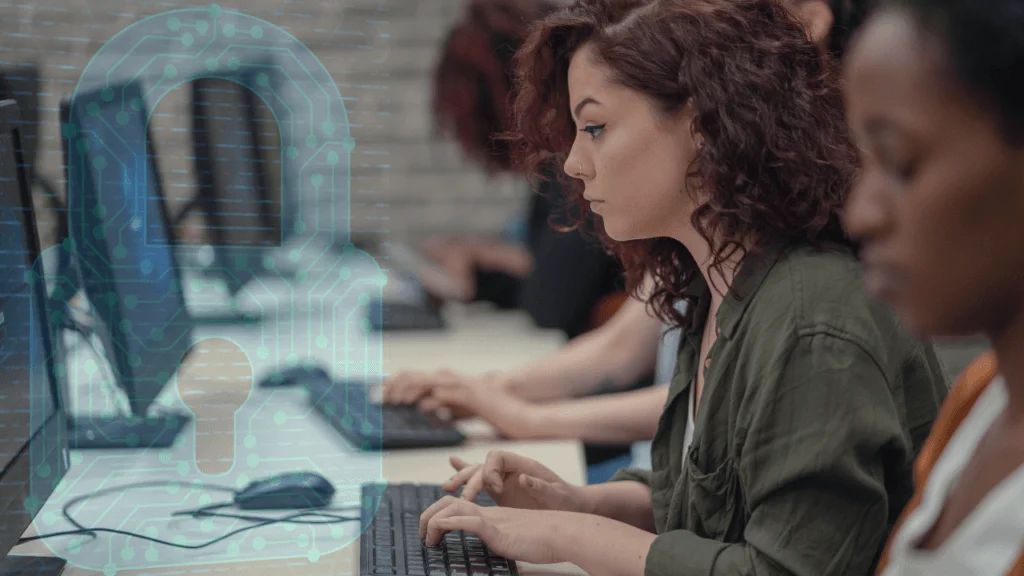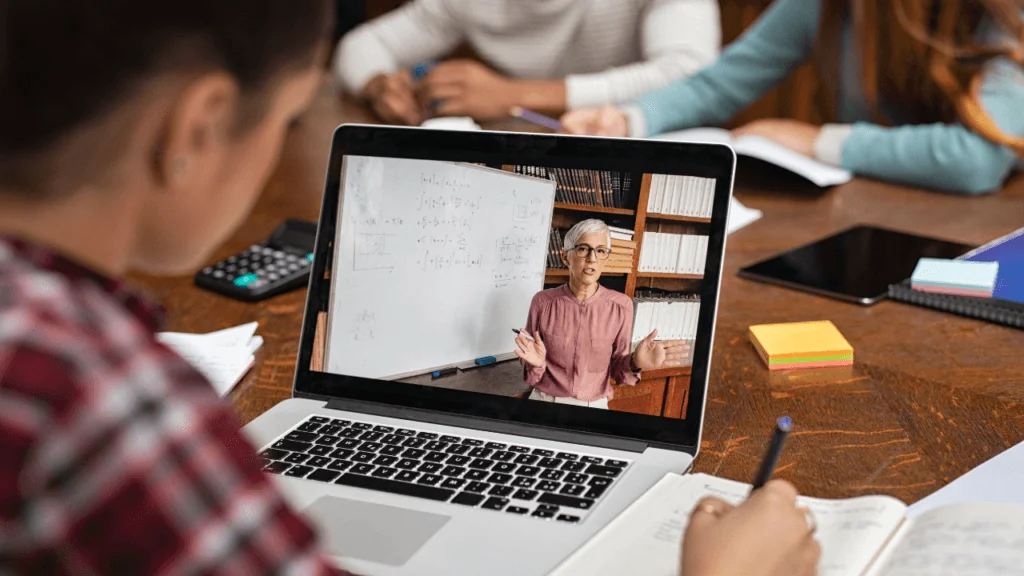The Evolution of Student Response Systems
The first clicker system was developed by the U.S. Air Force developed in the 1950s for training personnel. Stanford University and Cornell University followed with the adoption of clicker systems in educational settings in the late 1960s, according to the International Journal of Learning Technology. The technology wasn’t what it is today, but as cell phones evolved, so did cell enabled SRS technologies, which were less expensive and easier to use. By the early 2000s, the technology was used widely in universities.
Technological advancements have transformed SRS systems into sophisticated platforms that support various question types, group collaboration, and seamless integration with digital learning environments.
Benefits of Using a Student Response System
 Enhanced Classroom Engagement: SRS encourages active participation by allowing students to respond to questions in real-time. This active learning approach shifts students from passive listeners to active contributors, fostering deeper understanding and retention of course material.
Enhanced Classroom Engagement: SRS encourages active participation by allowing students to respond to questions in real-time. This active learning approach shifts students from passive listeners to active contributors, fostering deeper understanding and retention of course material.
Immediate Feedback for Students: With a student response system, students receive immediate feedback on their responses. This enables them to gauge their comprehension levels and identify areas that require further study, promoting a self-directed learning process.
Formative Assessment Opportunities: Instructors can employ SRS as a formative assessment tool, evaluating student understanding during lectures or class discussions. This enables instructors to adapt their teaching in real-time and address misconceptions right away.
Encouragement of Inclusive Pedagogy: A SRS allows students to respond anonymously, creating a more inclusive and supportive learning environment. It also accommodates diverse learning styles, which helps make education accessible to all.
Data-Driven Insights for Educators: A SRS generates valuable data on student performance and engagement. Educators can analyze this data to identify trends, assess teaching effectiveness, and personalize instruction for individual student needs.
Implementing Student Response Systems Successfully
To harness the full potential of SRS and enhance classroom engagement, educators should consider the following strategies:
- Set Clear Learning Objectives: Align SRS activities with specific learning objectives, ensuring that the questions asked directly contribute to the course outcomes.
- Incorporate a Variety of Question Types: Utilize a mix of question formats, including multiple-choice, open-ended, and interactive polling, to keep students engaged and accommodate diverse learning preferences.
- Integrate SRS Questions into Lectures: Introduce SRS questions at strategic points throughout the lecture to keep students attentive and break the monotony of passive listening.
- Encourage Group Activities: Use SRS to facilitate collaborative group activities and discussions, fostering peer learning and teamwork.
- Provide Feedback and Reflection: After SRS activities, discuss the results with students, address common misconceptions, and allow time for reflection on the material covered.
Leverage the Power of Student Response Systems
Student Response Systems have proven to be powerful tools for enhancing classroom engagement in higher education. By promoting active learning, providing immediate feedback, and fostering inclusivity, SRS not only improves student outcomes but also transforms traditional teaching into an interactive and dynamic experience.
Embracing technology in education, such as student response systems, ensures that the learning journey remains relevant and meaningful for today’s students, preparing them for success in a constantly changing world.









